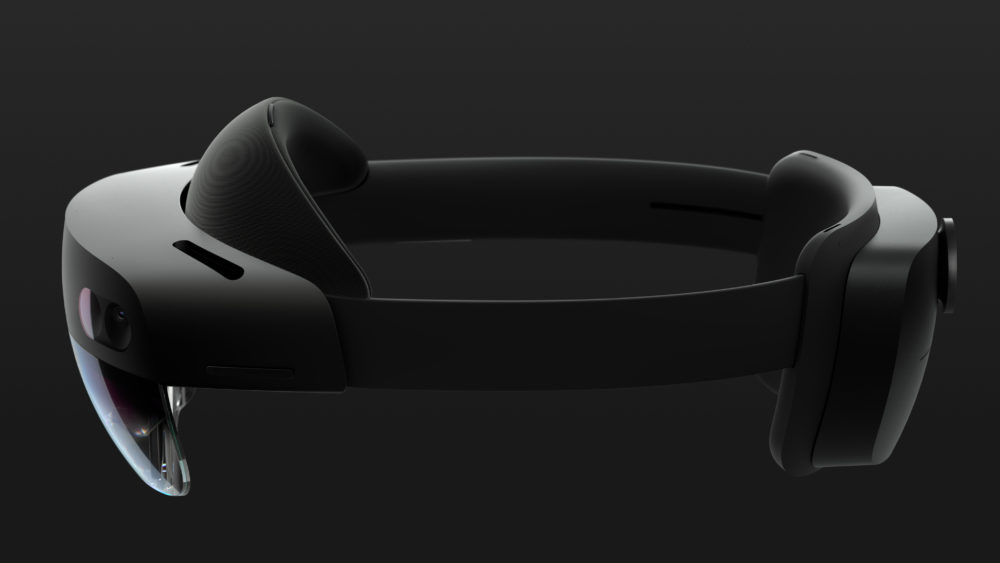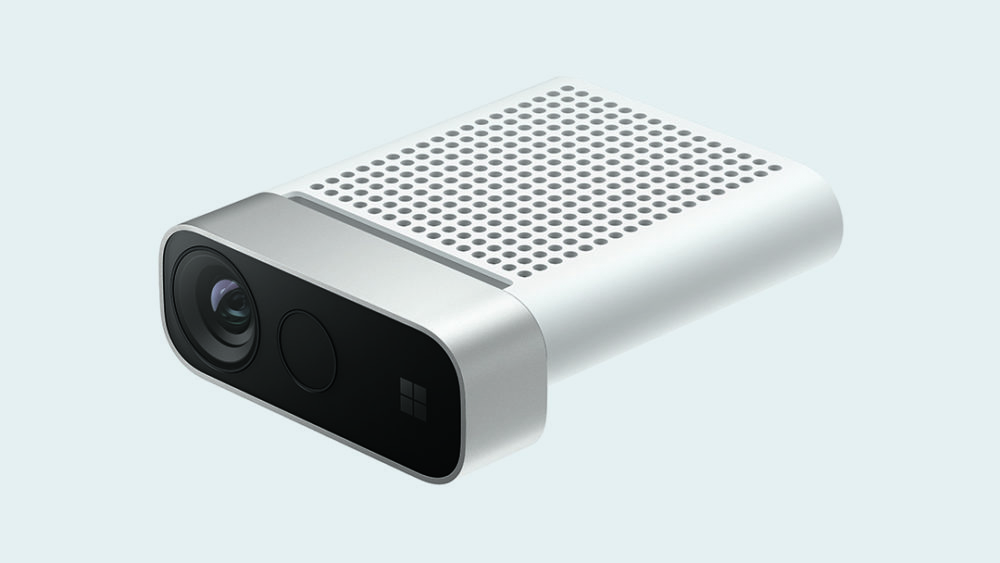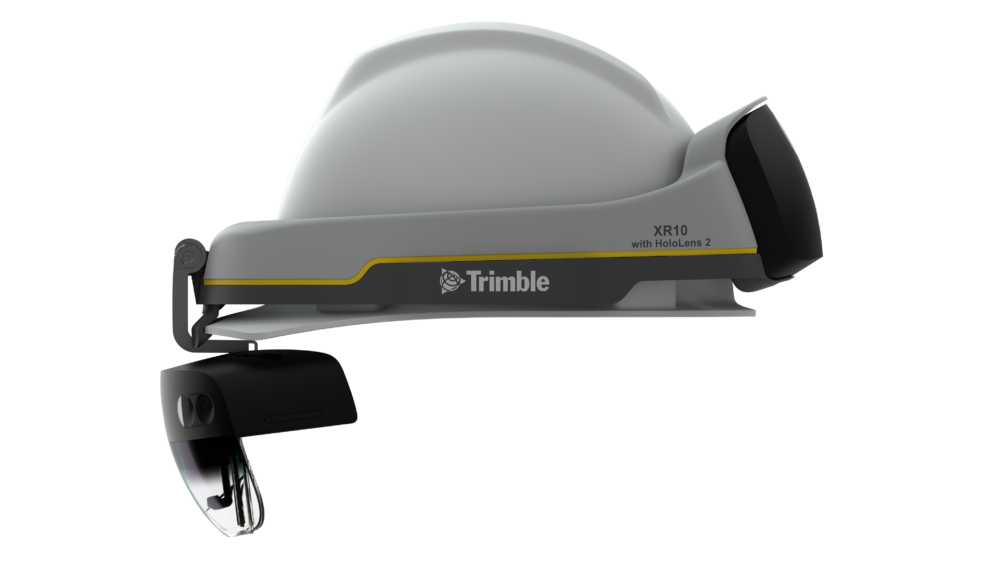Introducing Microsoft HoloLens 2
Details under the cut.
')
This is an amazing time for Microsoft, as well as for our partners, customers, the IT industry and the world. The almost limitless computing power and capabilities of the cloud, combined with increasingly “smart” and receptive devices, create practical skills that we could only dream of only a few years ago.
When the “smart” cloud and “smart” devices are complemented by mixed reality, we have the environment for amazing achievements and helping even more people .
Today marks an important milestone for Microsoft. We demonstrate the results of many years of effort and painstaking, enthusiastic work of many of our teams, including Azure, HoloLens, Dynamics 365 and Microsoft Devices - this is the very moment when the amount is more than the individual components. From innovative equipment design to cloud services with elements of mixed reality - today's announcement is the result of the collective work of many teams.
And all this would have been impossible without our enthusiastic community of customers, partners and developers.
On behalf of each team member, I was privileged to introduce you to HoloLens 2 and to tell about all the announcements we made today before the opening of the MWC in Barcelona.
Introducing HoloLens 2

Since the launch of HoloLens in 2016, we have seen how mixed reality transforms business processes. We have opened access to new opportunities for hundreds of thousands of people who work in various fields. From construction sites to production workshops, from operating theaters to school classes, HoloLens changes the way we work, learn, communicate and perform our tasks.
We are entering a new era of computing, when the digital world goes beyond two-dimensional screens and plunges into three-dimensional reality. This new era of computing and collaboration will help us achieve more, cross borders and collaborate more easily and more efficiently in 3D.
Today, we are proud to present Microsoft HoloLens 2 to the world .
Customers asked us to focus on three key aspects to make HoloLens even better. They wanted us to enhance the immersion effect, make the glasses more comfortable and reduce the payback period.
The immersion effect is greatly enhanced due to large-scale improvements, including in terms of visual characteristics, with the result that holograms have become even more impressive and realistic. We have more than doubled the field of view in HoloLens 2, retaining the industry-leading holographic density of 47 pixels per degree. HoloLens 2 has a new display system that allows us to achieve significant performance improvements with a small power consumption. In HoloLens 2, we also completely changed the way we interact with holograms.
Using the advantages of our new depth gauge in combination with embedded AI and semantic understanding, HoloLens 2 makes direct manipulations with holograms possible using the same instinctive gestures that you use to manipulate physical objects in the real world. In addition to the improvements of the video controller and to the possibility of direct manipulations with holograms, sensors for tracking eye movements appeared in HoloLens 2, which make interaction with holograms even more natural. You can log in with the Windows Hello enterprise-level authentication system, which recognizes you by the iris, making it easier for several people to quickly and safely begin sharing the device.
Comfort is enhanced by a more balanced center of gravity, the use of lightweight carbon fiber and a new mechanism for donning the device without the need for adjustment. We improved thermoregulation with the help of a new vapor removal technology and provided wide physiological variation for different sizes and shapes of the human head, having designed HoloLens 2 so that the headset is comfortably adjustable and suitable for almost everyone. The new perfect donning system makes it comfortable to wear the headset for hours on end, while you can not take off your glasses, because HoloLens 2 adapts to you and can be worn right on top of them. When the time comes to get out of mixed reality, just raise the visor and immediately go on to other tasks. All together, these improvements more than tripled the comfort and ergonomics of the device.
Investment payback time has been accelerated with Microsoft's mixed reality applications, such as Dynamics 365 Remote Assist, Dynamics 365 Layout, and the new Dynamics 365 Guides application. In addition to the initial value, our ecosystem of mixed reality partners offers a wide range of solutions created by HoloLens, suitable for various industries and tasks. The partner ecosystem has expanded with a new wave of entrepreneurs working with mixed reality technology who are aware of the potential of devices such as HoloLens 2 and Azure services that provide intelligent systems for space analysis, speech recognition and visual imagery that are necessary for mixed reality, in addition to proven cloud services for storing, securing and collecting telemetry applications.
Based on the unique capabilities of the original HoloLens headset, the HoloLens 2 is the most advanced “smart” device. And in combination with existing and new Azure services, the new HoloLens 2 has an even wider range of features that do not require additional configuration.
The HoloLens 2 device will be available this year for $ 3,500. The cost of packages that include Dynamics 365 Remote Assist starts at $ 125 per month. First of all, HoloLens 2 will appear in the USA, Japan, China, Germany, Canada, Great Britain, Ireland, France, Australia and New Zealand. You can order HoloLens 2 today at https://www.microsoft.com/en-us/hololens/buy.
In addition to HoloLens 2, we are happy to present the following news at MWC Barcelona:
Azure Kinect Developer Kit (DK)

Azure Kinect DK is a developer kit that combines our industry-leading AI sensors in one device. It is based on a time-of-flight depth sensor developed for HoloLens 2, a high-resolution RGB camera and a ring system of 7 microphones that will help in developing advanced solutions using computer vision and speech tools on Azure. It allows you to create products that not only “feel”, but also “understand” the world - people, places, things around them. A good example of such a healthcare solution is Ocuvera, which uses this technology to keep patients from falling in hospitals. Every year in the US alone, more than a million patients fall in hospitals, and 11,000 such falls are fatal. Azure Kinect helps you recognize the fall precursors and alert the nurses so that they can come to the patient before he falls. Initially, Azure Kinect DK will be available in the markets of the USA and China, today you can pre-order it at a price of $ 399. For more information, visit Azure.com/Kinect.
Dynamics 365 Guides
When we announced Dynamics 365 Remote Assist and Dynamics 365 Layout on October 1, we talked about them as our “first” mixed reality applications for HoloLens.
Today we happily announce Microsoft Dynamics 365 Guides. Dynamics 365 Guides is a new mixed reality app that helps employees learn by doing. Guides improve the quality of training with step-by-step instructions that show employees how and when to use the tools they need in real-world work situations. In addition to the experience of using Guides on HoloLens, the Guides PC application simplifies the creation of interactive content, attaching photos and videos, importing 3D models and customizing customized materials, making it possible to turn theoretical knowledge into reproducible learning tools.
This application will help minimize downtime and increase the efficiency of critical equipment and processes and will be the third Dynamics 365 application that will work on both the previous generation HoloLens devices and the new HoloLens 2 headset.
The preliminary version of the Dynamics 365 Guides is available today.

Azure Mixed Reality Services
Today we also announced two new Azure mixed reality services. These services are created to help each developer and each company create cross-platform contextual applications of mixed reality at the corporate level.
Azure Spatial Anchors allows companies and developers to create applications of mixed reality, in which holograms are stored in a specific physical space. Access to them later will be able to get several people using HoloLens, phones or tablets on iOS and Android. Developers can activate the space orientation feature to help their customers work and learn faster and easier. We already see examples of such cooperation in order to increase the efficiency of joint work in manufacturing, architecture, medical education and other areas.
Azure Remote Rendering helps to maintain high quality and level of detail in 3D content, which will allow you to make decisions faster and more efficiently. Today, in order to interact with high-quality 3D models on mobile devices and mixed reality headsets, developers often have to “trim down” or simplify 3D models to run on the right equipment. But for the design examinations and medical planning, every detail is important, and simplification can lead to the loss of important data necessary for making key decisions. This service will play high-quality 3D content in the cloud and broadcast it to devices in real time, while maintaining detail.
The Azure Spatial Anchors solution today came out in the form of a public preview version. Azure Remote Rendering is currently available in the format of a closed preview version, later the service will be released in a publicly available version.
Microsoft HoloLens customization program
HoloLens is used in difficult situations, from construction sites and operating rooms to the International Space Station. The device passed basic dynamic tests according to several standards for eyewear used in North America and Europe. The headset has been tested and meets the basic requirements of the ANSI Z87.1, CSA Z94.3 and EN 166. Standards. Together with HoloLens 2, we introduce the Microsoft HoloLens customization program so that customers and partners can adapt HoloLens 2 to the requirements of their environment.
The first HoloLens customization program was taken advantage of by our long-time HoloLens partner Trimble, which last year announced Trimble Connect for HoloLens, the first protective helmet that improves the efficiency of using mixed reality in the field. Today they announced the Trimble XR10 with Microsoft HoloLens 2, a new protective helmet that allows employees working at high-risk facilities to use a headset without leaving their place of work.

Open principles
Finally, at the very end of the event, Alex Kipman announced a set of principles for our open approach to a mixed reality ecosystem .
We believe that in order for the ecosystem to flourish, there must be no barriers that limit innovation or customer choice.
In this regard, Alex explained how HoloLens uses the principles of open stores, open browsers and open platforms for developers.
To illustrate our commitment to these principles, we announced that our Mozilla friends would install a prototype of the Firefox Reality browser on HoloLens 2, demonstrating that we pledge to stay open and maintain the multiplicity of the Internet. Tim Sweeney, founder and CEO of Epic, joined Alex. He announced that the support for the Unreal Engine will be available soon for HoloLens.
In the coming months we will have even more details and announcements for you. We look forward to continuing the journey with you all.
Source: https://habr.com/ru/post/441642/
All Articles